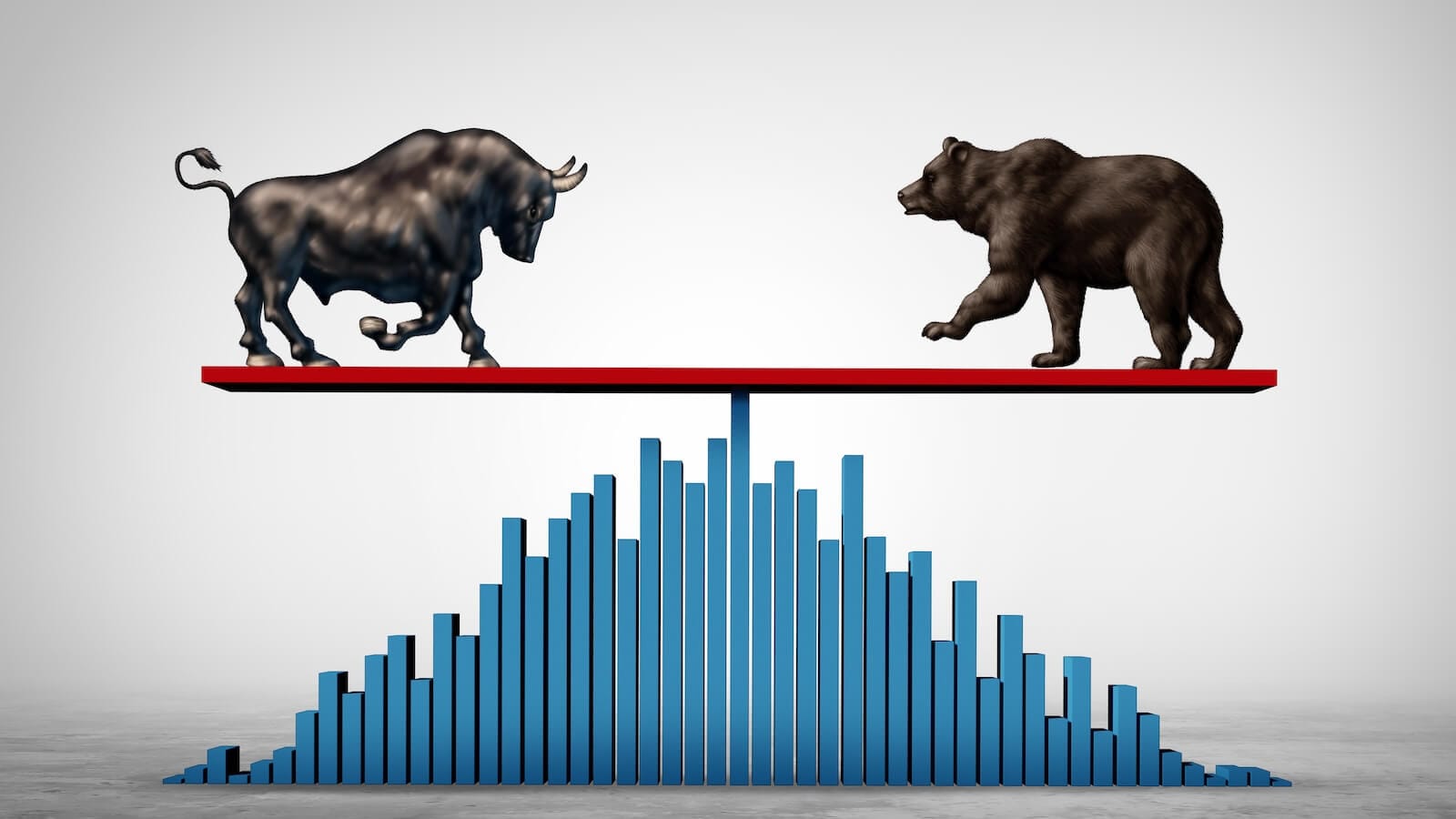The Next Direction for Interest Rates Is...?
In most cycles, central banks around the world raise and lower short-term interest rates in a rough synchronization. Last week, the European and Canadian central banks began lowering their rates, and the British are expected to follow suit this week. Most observers of the US expect the Federal Reserve to cut rates in September, so on the surface, it seems likely they will.
In early April, I pointed out that "most market participants look to the Fed for every nuance concerning the future direction of interest rates... but a smarter place to look is the market itself, as the Fed is normally a lagging indicator."I was referring to the relationship between the Fed Funds rate and the yield on the 2-year note, as laid out in Chart 1. The arrows draw our attention to the fact that the 2-year yield tends to lead the funds rate both on the up- and downside. It has been caught in a narrow trading range for the last year or so, which is consistent with a sideways trending Fed Funds rate.
However, if other central banks have started to cut and most expect the Fed to follow suit, why hasn't the 2-year note already started discounting lower rates, as it did so smartly in 2021 on the way up?

Chart 2 shows that the yield is currently trading at the upper, and not lower, end of its trading range that we would expect at the start of a declining rate cycle. September is 3 months away, so it's possible it could still begin to factor in a lower Federal Funds rate. Either way, the two points I am watching are 4.3% on the downside and a daily close in excess of last summer's high at 5.1%.

The European Experience
Chart 3 tells us that despite the lowering of euro money market yields, the 10-year German maturity is still in a rising mode. In fact, the arrows show that commodity prices denominated in euro have a strong tendency to lead the yield.

Chart 4 takes a closer look at the yield and indicates that the series of rising peaks and troughs that began in late 20021 is still intact. It also remains north of the red secondary up trendline and 65-week EMA.
For its part, the euro-adjusted CRB Composite has recently broken out from a downward sloping inverse head-and-shoulders, suggesting higher euro-denominated commodity prices are on the way. If that's the case, it is hardly consistent with lower German rates.

The US 10-Year Yield and Commodity Prices
Chart 5 compares the US 10-year yield to the Bloomberg Commodity Index (DJP). As we might expect, their paths are reasonably similar, but currently show two possible outcomes. The first is a Friday close below the up trendline for the yield and 65-week EMA at 4.1%. The second is a re-confirmation of the recent upside breakout for the DJP. Since commodities tend to lead, the odds suggest higher yields lie ahead.

Nevertheless, it's important to also bear in mind that an important commodity inflection point has been reached. That's because crude oil, which has the highest weighting in the major commodity indexes, has reached crucial support. That support is apparent at both the extended green breakout trendline and the neckline of a possible head-and-shoulders top. If the price breaks below the neckline in a genuine move, it would suggest a weaker global economy and offer some cover for the Fed to lower rates. On the other hand, an upside move would indicate failure of the head and shoulders to "work". Such events are more often than not followed by strong rallies.
The delicate technical balance can also be appreciated from the long-term KST in the bottom window, which has gone completely flat. Clearly, it wouldn't take much to tip it decisively in one direction or another.

I lean to the upside because my indicators tell me we are in Stage 4 of the business cycle, which is an inflationary phase and discussed in this March article. If so, these European and Canadian central bankers may have just thrown gasoline on the inflationary fire.
Good luck and good charting,
Martin J. Pring
The views expressed in this article are those of the author and do not necessarily reflect the position or opinion of Pring Turner Capital Group of Walnut Creek or its affiliates.










